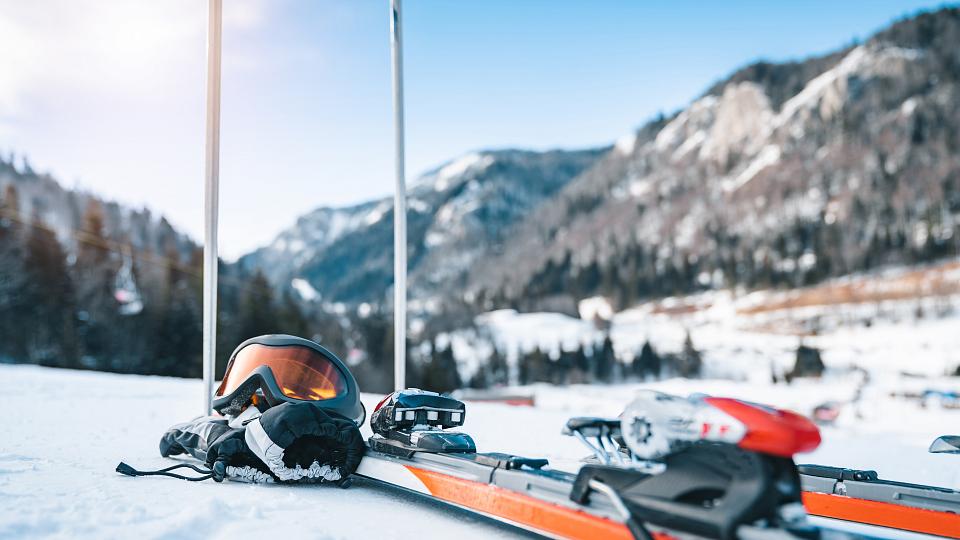
The Risks of "One Last Run"

The Risks of "One Last Run"
It’s something every ski patrol member knows: Most injuries happen at the end of the day.
“Usually, it’s from about 3:30 to 5 o’clock,” says Travis Maak, MD, director of the Orthopaedic Sports Medicine Fellowship at University of Utah Health and team physician for University of Utah Athletics. “It’s not a matter of if, it’s a matter of when.”
Addressing the "Injury Magic Hour"
There are two main contributing factors to the “injury magic hour:”
- The slopes. As the temperature starts to drop, the snow gets harder and less forgiving. The runs also aren’t as well-groomed as they were at the start of the day. “It gets icier and a bit skied-out,” Maak says, who's also a former ski patroller. “The terrain itself is more difficult.”
- The skier. While skiers and snowboarders can’t do anything about the change in terrain, they can do something about the second factor—themselves. Many skiers push themselves to do one more run, even if they shouldn’t. “You want to keep going and get the most out of it, so you ask yourself ‘what’s wrong with just that one more run?’,” Maak says.
Here’s What’s Wrong with One More Run
Your body can’t take it. After a day of skiing, your muscles are fatigued.
“When muscle fatigue happens, the muscles aren’t working correctly,” Maak explains. “They start to get weak and tired. Your mind may want them to go, but it just doesn't happen.”
When your muscles start to fail, the energy they were absorbing previously has to go somewhere else. Often, it’s the ligaments in your knees—which then tear. These ligaments include the anterior cruciate ligament, or ACL, also known as the skier’s injury.
“Let your body be your guide,” Maak advises. “Instead of taking a double black for your last run, maybe take a groomer, a nice little smooth one down to the base. You don’t have to be a hero at the end of the day.”
You can get off the mountain with your ligaments intact—and still take that one last run. Just make sure it’s the right run.





